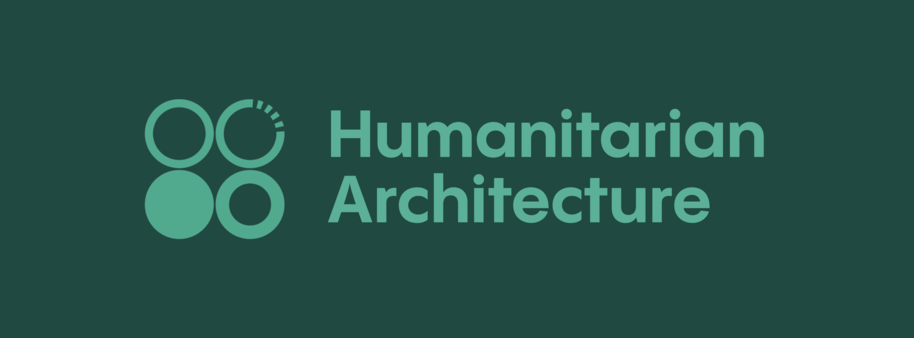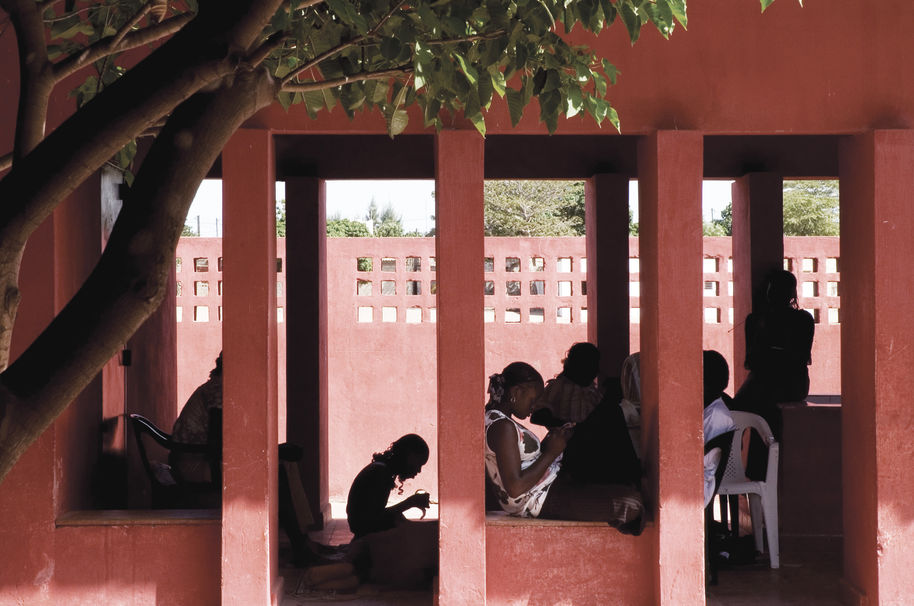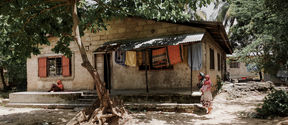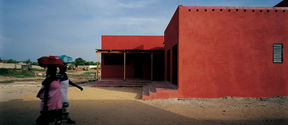Humanitarian architecture – what does it mean?
Written by Saija Hollmén, 8th of June 2023

Humanitarian architecture aims at the betterment of living conditions of vulnerable communities.
It engages with the primary needs of humans in precarious situations, concentrating on processes rather than products.
It considers emergency relief, transitional shelters and reconstruction in disaster or conflict zones.
Humanitarian architecture can equally be understood as long term recovery and poverty alleviation, participatory planning and as community engagement in vulnerable communities.
It can also refer to culturally appropriate and locally adapted architectural design solutions in low resource settings.


Written by Saija Hollmén, 8th of June 2023

Ukumbi is a Finnish NGO with the mission to offer architectural services to communities in need. Find out more about Ukumbi's real-life projects!

Meet the professionals who have participated in WiTLAB's courses and collaborative projects through time